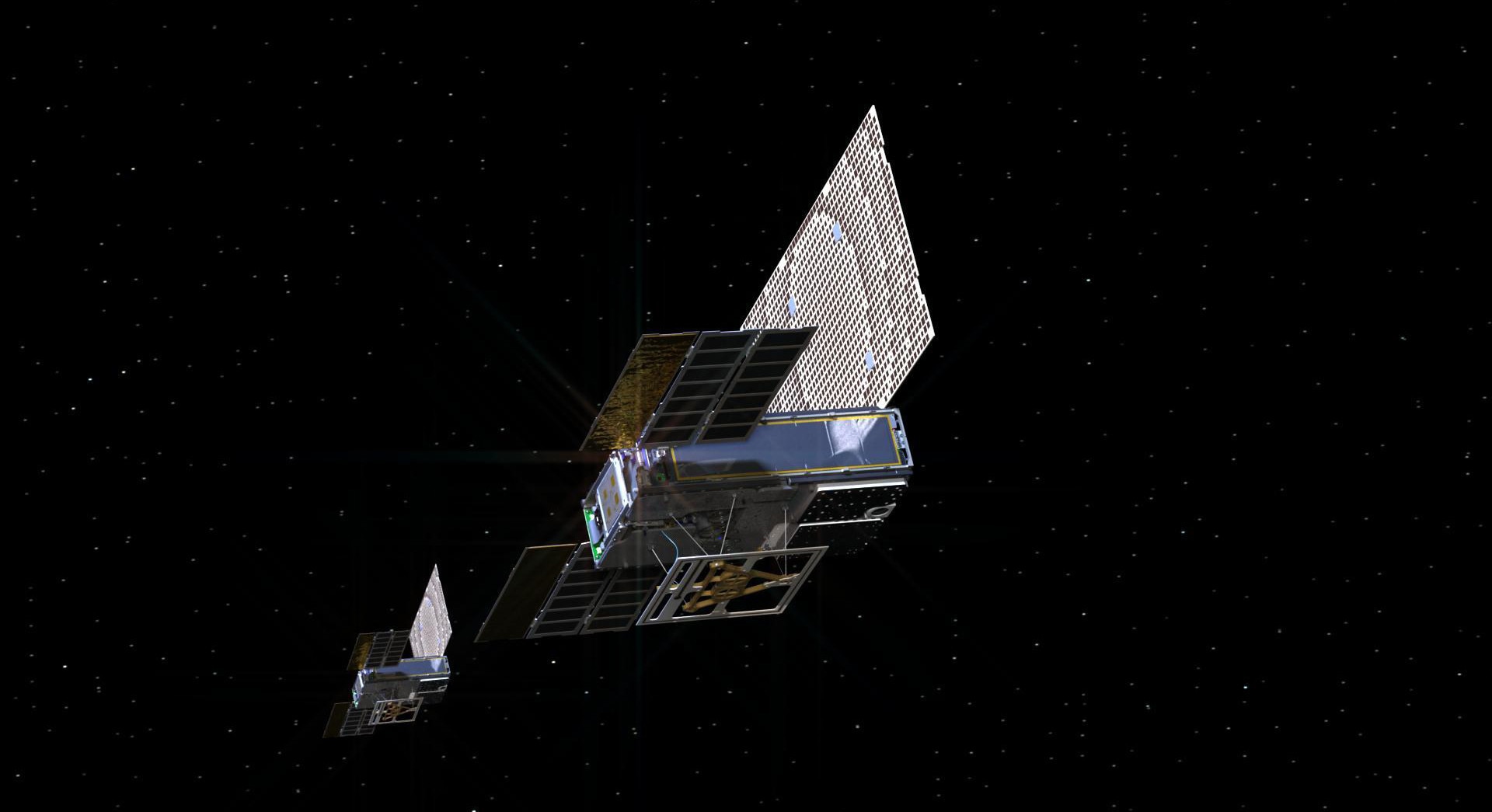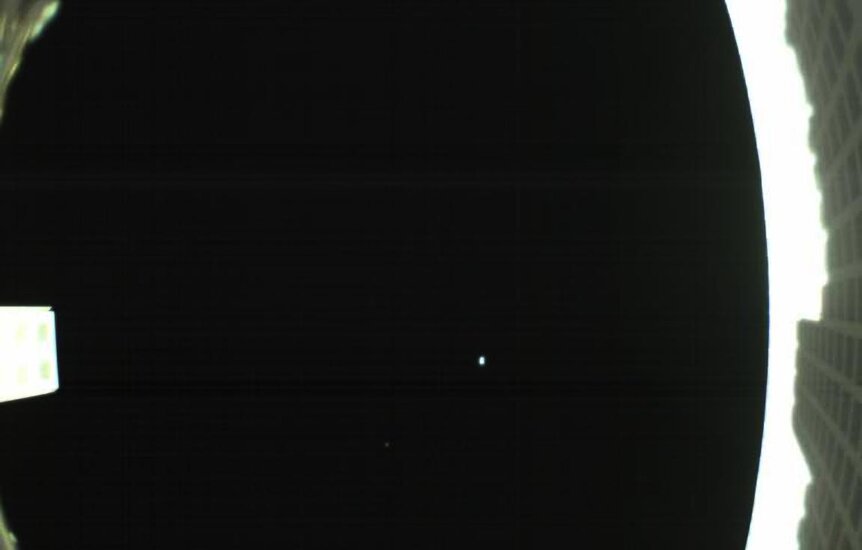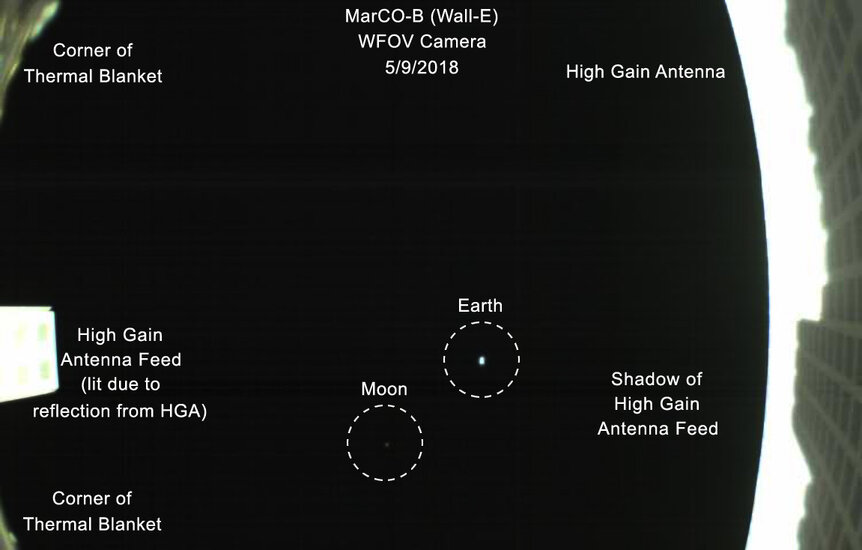Create a free profile to get unlimited access to exclusive videos, sweepstakes, and more!
A tiny cube sees the Earth and Moon on its way to Mars

I was remiss a couple of weeks ago when I wrote about the Mars InSight mission, which launched into space on May 5, 2018. I talked all about the big lander and the cool science it'll do, but I didn't write about a couple of other passengers on that launch: a pair of CubeSats called Mars Cube One (or MarCO-A and -B).
CubeSats are ridiculously cool. They're, well, satellites that are cubes. But they're also small. A single CubeSat is a mere 10 centimeters on a side (not much bigger than a Rubik's cube) and can have a mass up to 1.33 kilograms (just under three pounds).
You wouldn't think you could do much with such a device, but in fact their incredibly versatile and clever designers can make them do all sorts of useful tasks in space. JPL has a list of its missions, and the CubeSat homepage lists many more. They can also be hooked together to make a bigger satellite — technically, I suppose, a Right ParallelopipedSat or a RectangularCuboidSat. I should trademark those.
Anyway, most of them have been launched into low Earth orbit, but the pair of Mars Cube One sats are on their way to the Red Planet along with InSight! They're the first interplanetary CubeSat mission. They use the 6U configuration, which is 10 x 20 x 30 cm (so two columns of three cubes each), and they're identical for redundancy. Reading about them blew my mind a bit: They use solar panels for power, and an antenna that will transmit any data they take directly to Earth. I wouldn't think something so small could do that!
They also carry a wide-field and a narrow-field camera. They're low-res, making images just 752 x 480 pixels in size. That's not much, but it was enough to do this:
That is the Earth and Moon as seen from one million kilometers away! The Earth is below right of center, and the Moon just below center.
This image was taken by MarCO-B on May 9, 2018, just a few days after launch. It's a record, too, as the farthest a CubeSat has ever been from Earth. The image was taken to make sure the antenna (seen on the right) had unfolded correctly, and our home planet with satellite was an added bonus.
So. Cool. Here's an annotated version:
MarCO will travel behind InSight on the way to Mars, and will monitor the lander's transmissions as it sets down in November. NASA will have other antennae pointed that way, of course; MarCO isn't critical to the mission. But they'll be able to send the data back themselves as well, testing out the technology. Their main purpose is to test communications and navigation for interplanetary minisats (they are equipped with a propulsion system that uses cold gas jets to maintain the correct orientation and trajectory). They won't land; instead they’ll zip past Mars and out into deep space.
If they work, then there are all sorts of uses for them for Mars, working in parallel with missions there, getting overviews of the planet, and more. The beauty of this is that we may not even know yet what they can do. In a sense that’s the whole point of CubeSats anyway: making something accessible and versatile and seeing what others can do with it.
It's amazing what opportunities there are now for space exploration, with spacecraft we hadn't imagined just a decade or two ago. It makes me even more excited for what the future can bring.
















